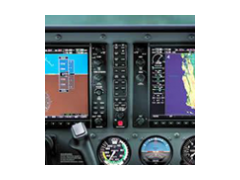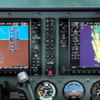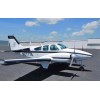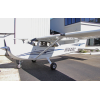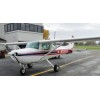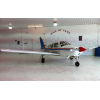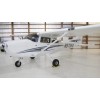Typically, after completing a Private Pilot’s course, the next step is the Instrument Rating. This permits the pilot to operate in more diverse weather conditions (reduced visibility like rain, haze, or low clouds). Essentially, the pilot is learning to fly the airplane strictly on instruments and without visual reference points, aside from takeoffs and landings. Any pilot flying above 18,000 ft (msl), must have an instrument rating.
Instrument ratings need very specific training from certified flight instructors who have a designation allowing them to teach instrument flight (CFII), along with accuracy from additional oral, written, and flight tests. Any pilot wishing to acquire an instrument rating must hold a current private pilot certificate, medical, and have logged an IFR cross-country of at least 250 miles as pilot in command. Instrument rating candidates must also have a minimum of 40 hours of actual or simulated instrument flight time, including 15 hours of instrument flight training and instrument training on cross-country flights.
A Certified Flight Instructor pilot needs to keep current by doing six approaches, a hold, and tracking and can do this affordably on Eagle Aircraft’s simulator every six months. Eagle also does IPC’s (Instrument Proficency Check) on the simulator or in the aircraft if you have been out of currency for more than one year.

